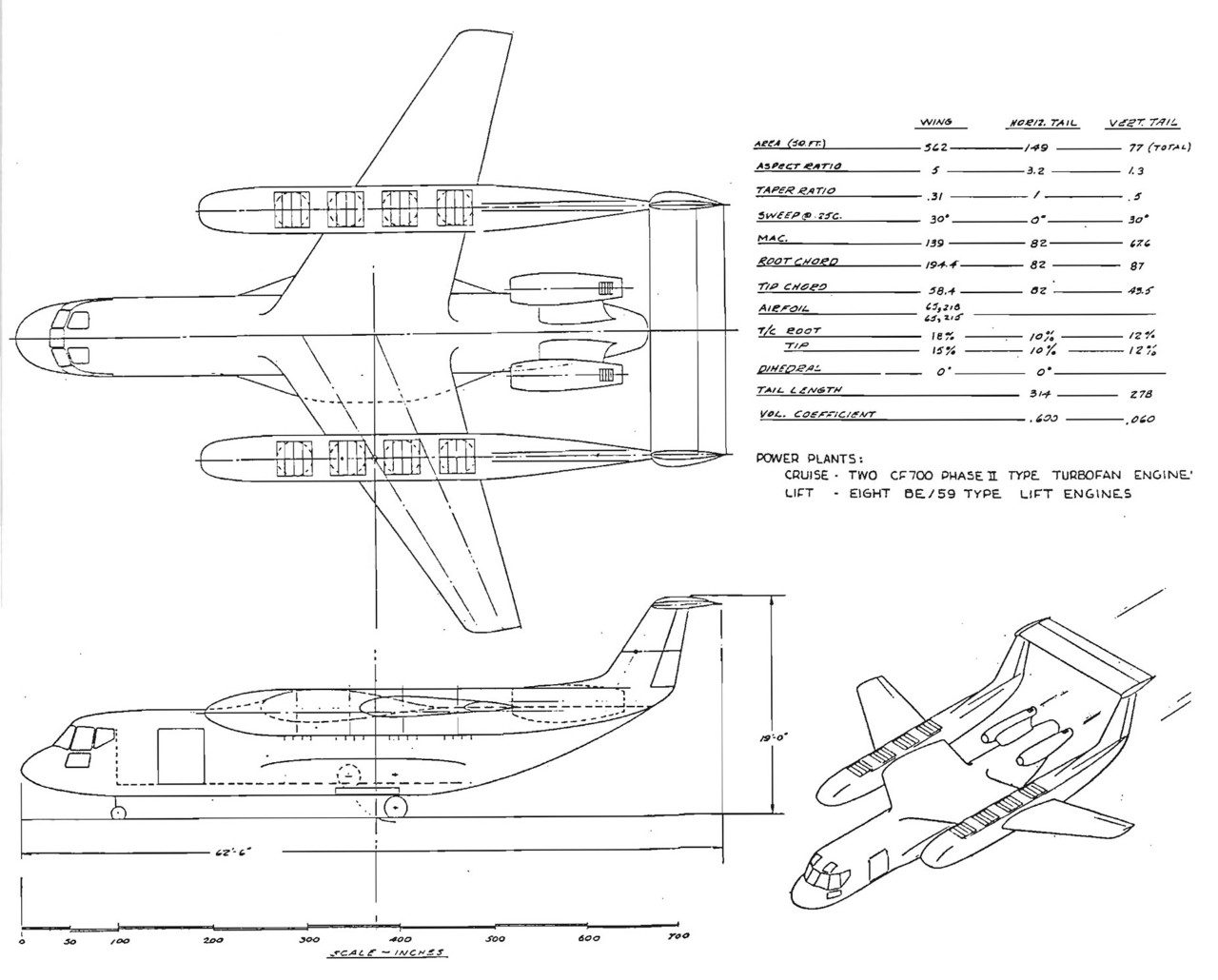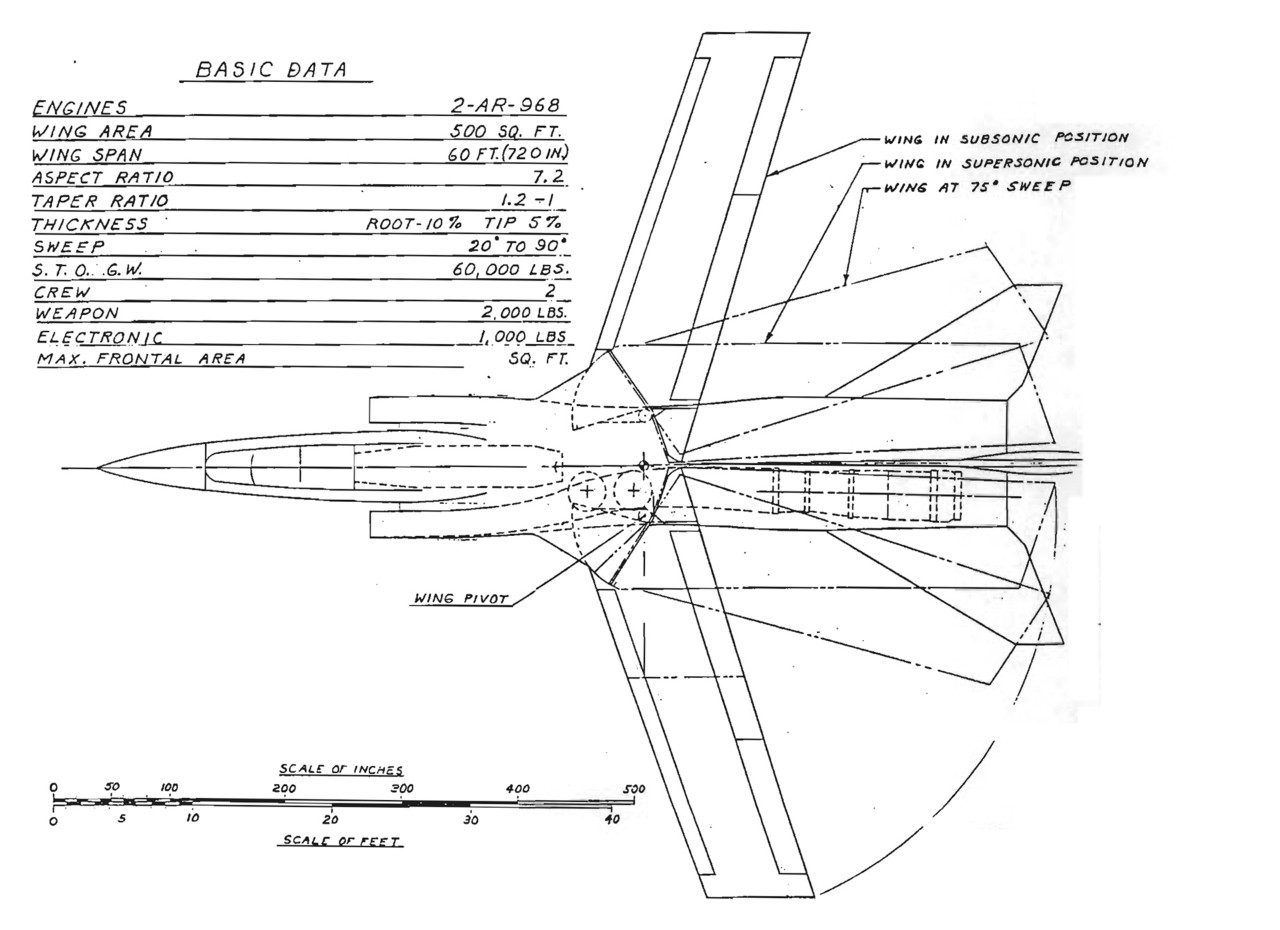Every so often employees at Lockheed Martin Aeronautics are asked to clean house. They go through their desk drawers and file cabinets to discard old and unnecessary materials to make space for the new.
This process often results in unearthing items of historical significance. This was the case in 1990 and again 2006, when concepts or advanced design drawings, reports and other documents dating back to the 1940s and ’50s were found.
When the Lockheed facility in Burbank, California, was shutting down in the early 1990s, all the commercial aircraft data for aircraft such as the Constellation, L-188 Electra, and L-1011 TriStar was moved to Marietta, Georgia.

The file cabinets of data were placed in a warehouse for distribution to various groups. The Field Service group (now known as Technical Operations) inherited a large number of cabinets, including those for the L-188. While searching through the contents of those cabinets, three ring binders were found that were chock full of preliminary aircraft designs numbered CL-xxx, which stood for California-Lockheed.
Bill Slayton, a Burbank customer support employee, realized the historical importance of data available to him through the Advanced Design group. Slayton gathered descriptions, three-view drawings and isometric drawings and compiled these into a remarkable collection of the Lockheed advanced designs.
Slayton stored the data in the L-188 cabinets, most likely because the cabinets happened to have an empty drawer. Most of the CL-xxx collection has never seen the light of day.

In 2006, when the Advanced Design group in Fort Worth needed to clean up, material to be discarded filled several barrels. The Code One staff was allowed to review the materials and retain historically significant items. Those documents that still had classified markings were submitted to a formal downgrading and release process.
The topics covered by these two collections of drawings cover everything from Lockheed’s first jet fighter design (from before the XP-80) and the Nuclear Powered Bomber design work. In Fort Worth, the documents included earliest stages of the Advanced Tactical Fighter program, the Advanced Manned Strategic Aircraft (what led to the B-1), B-58 variants, F-111 variants, F-16 variants and design studies, and some remote piloted vehicle studies.
We are combining these collections to create a single gallery of unique aviation history. The gallery is a testament to the creativity and innovation that forms the foundation of today’s Lockheed Martin Advanced Development Programs. We plan to update the gallery as original drawings are converted to digital files.




